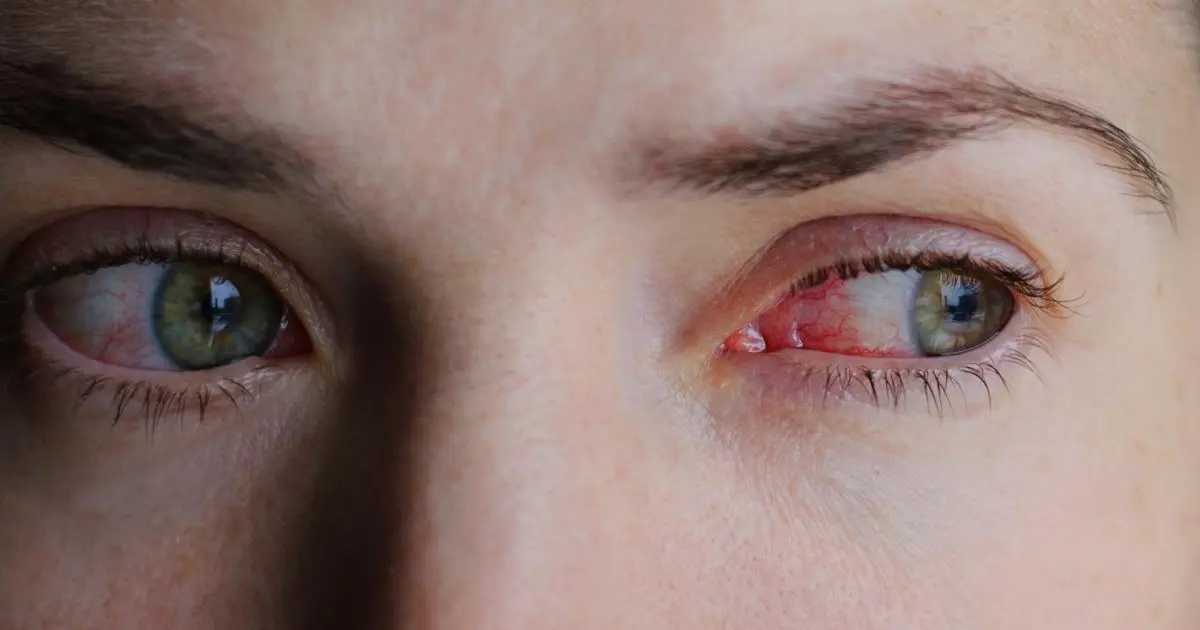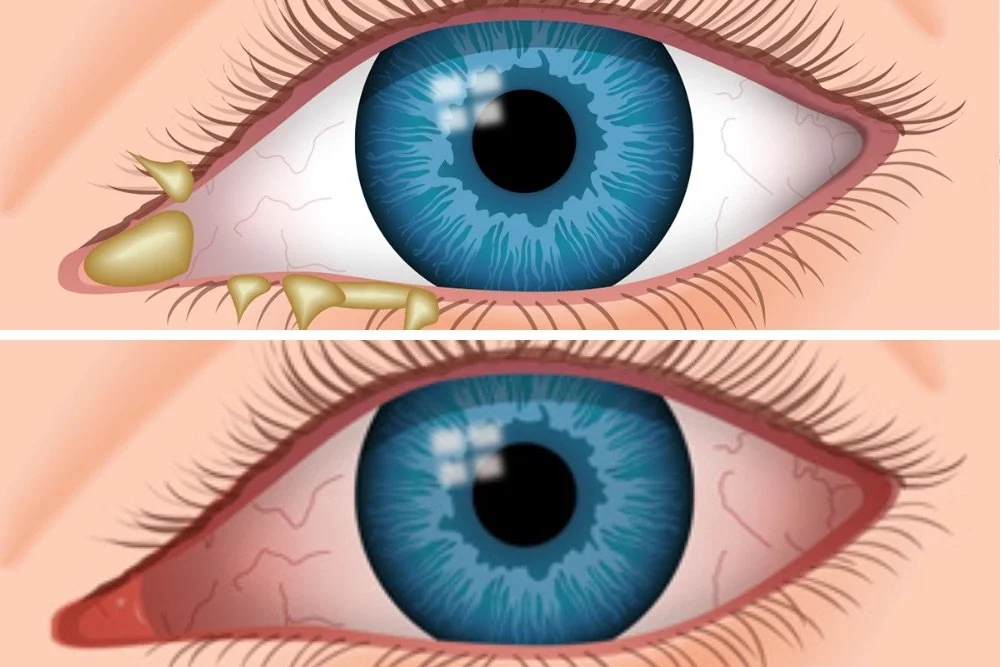Pink eye vs Allergies: Discover the disparities between pink eye, a contagious inflammation of the eye, and allergies caused by allergens. Learn to differentiate their symptoms, treatments, and prevention methods to ensure prompt and appropriate care for your eyes.
Introduction
When our eyes become red, itchy, and irritated, it can be challenging to determine the cause. Is it a case of pink eye, or is it just allergies acting up? Both conditions share some common symptoms, but they have different underlying causes and require specific approaches to treatment. In this article, we will explore the differences between allergies and pink eye, helping you understand how to recognize and manage each condition effectively.
What is Pink Eye?
Pink eye, also known as conjunctivitis, is an inflammation of the conjunctiva, the thin and transparent layer covering the white part of the eye and the inside of the eyelids. It can be caused by bacteria, viruses, or allergens.
Types of Pink Eye
- Viral Pink Eye: Caused by viruses such as adenovirus, viral pink eye is highly contagious and can spread through coughing or touching infected surfaces.
- Bacterial Pink Eye: Bacterial infections, often due to staphylococcus or streptococcus bacteria, cause bacterial pink eye. It is also contagious and spreads through direct contact.
- Allergic Pink Eye: This type of pink eye is triggered by allergens like pollen, pet dander, or dust mites. It is not contagious.
- Irritant Pink Eye: Exposure to irritants like smoke, chlorine, or chemicals can cause irritant pink eye. It is not contagious.
Symptoms of Pink Eye
The symptoms of pink eye can vary depending on the cause, but common signs include pink eye vs allergies:
- Redness: The eye appears pink or red due to inflammation.
- Itching: An uncomfortable itchiness in and around the eye.
- Tearing: Excessive tearing and watery eyes.
- Discharge: A thick, yellow, or greenish discharge from the eye, particularly in bacterial pink eye.
- Sensitivity to Light: The eye becomes more sensitive to light.
- Blurry Vision: Vision may be temporarily affected in some cases.
How to Distinguish Between Pink Eye Vs Allergies
While pink eye vs allergies can share similar symptoms, there are some key differences to consider:
- Discharge: Pink eye often causes a thick, colored discharge, while allergies typically produce clear, watery discharge.
- Itching: Itching is a common symptom of both conditions, but it is usually more pronounced in allergic reactions.
- Duration of Symptoms: Allergies may cause prolonged symptoms, especially when exposed to allergens, while viral or bacterial pink eye symptoms may subside within a week with proper treatment.
- Seasonal Patterns: Allergies are often seasonal and may worsen during specific times of the year when allergens are prevalent, whereas pink eye can occur at any time.
The Treatment of Pink Eye
The treatment for pink eye depends on the underlying cause:
For Viral Pink Eye:
Viral pink eye is typically self-limiting and will improve on its own within a few days to two weeks. In the meantime, you can alleviate discomfort by:
- Applying warm compresses to the affected eye.
- Using over-the-counter lubricating eye drops.
- Avoiding contact lenses until the infection clears.
For Bacterial Pink Eye:
Bacterial pink eye may require antibiotic eye drops or ointments prescribed by a healthcare professional. It is essential to complete the full course of treatment to prevent recurrence and reduce contagion.
For Allergic Pink Eye:
To manage allergic pink eye, it is crucial to identify and avoid the allergen trigger. Over-the-counter antihistamine eye drops or oral antihistamines can help relieve symptoms. In severe cases, an eye doctor may recommend prescription medications.
For Irritant Pink Eye:
Avoiding the irritant and using lubricating eye drops can help alleviate symptoms. If the irritation persists, seeking medical advice is recommended.
How to Avoid the Spread of Pink Eye?
If you have pink eye, take these precautions to prevent its spread:
- Wash your hands frequently, especially after touching your eyes or face.
- Avoid touching or rubbing your eyes.
- Do not share personal items such as towels, makeup, or eye drops with others.
- Stay away from school or work until the symptoms improve, especially in cases of bacterial or viral pink eye.
Conclusion
In conclusion, pink eye and allergies may manifest similar symptoms, but they have different causes and treatments. Identifying the specific condition is crucial to ensure appropriate management and prevent its spread. If you experience persistent eye symptoms or have any doubts about your eye health, consult an eye care professional for a proper diagnosis and personalized treatment plan.
FAQs
Can pink eye be caused by allergies?
Yes, allergic pink eye is triggered by allergens such as pollen, pet dander, or dust mites.
Is pink eye contagious?
Yes, viral and bacterial pink eye is highly contagious, while allergic and irritant pink eye is not.
What is the incubation period for pink eye?
The incubation period for viral pink eye is typically 1 to 3 days, while bacterial pink eye may take 1 to 4 days.
Can I wear contact lenses with pink eye?
It is best to avoid wearing contact lenses until the pink eye clears to prevent further irritation and potential infection.
Are there any home remedies for pink eye?
Applying warm compresses and using over-the-counter lubricating eye drops can help alleviate discomfort in viral and allergic pink eye.






